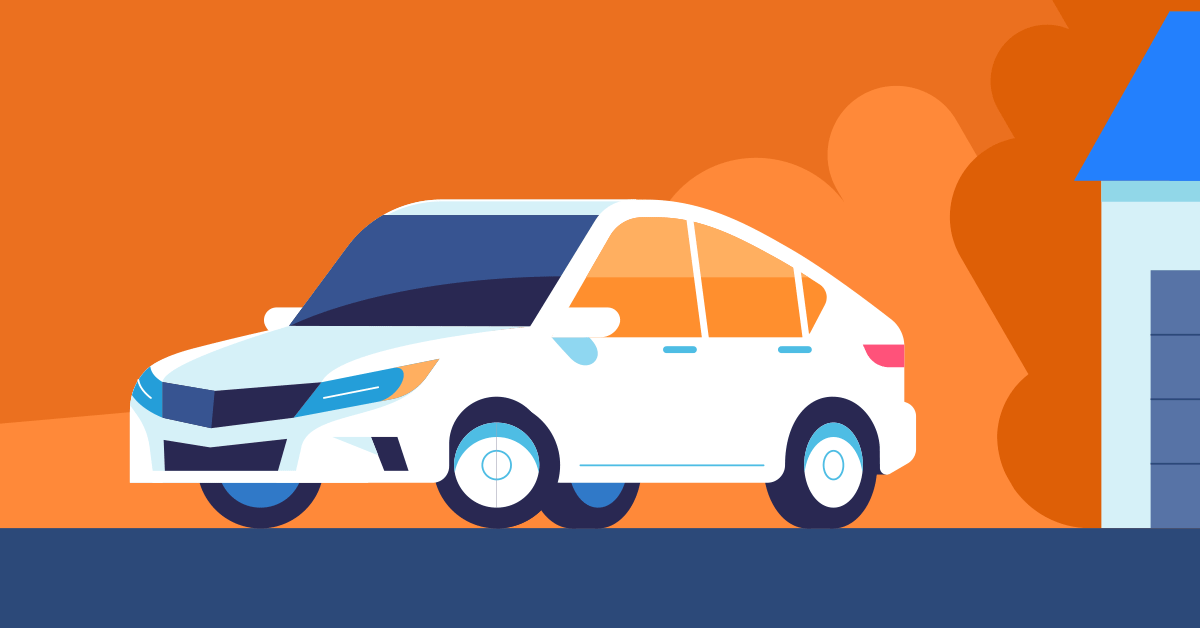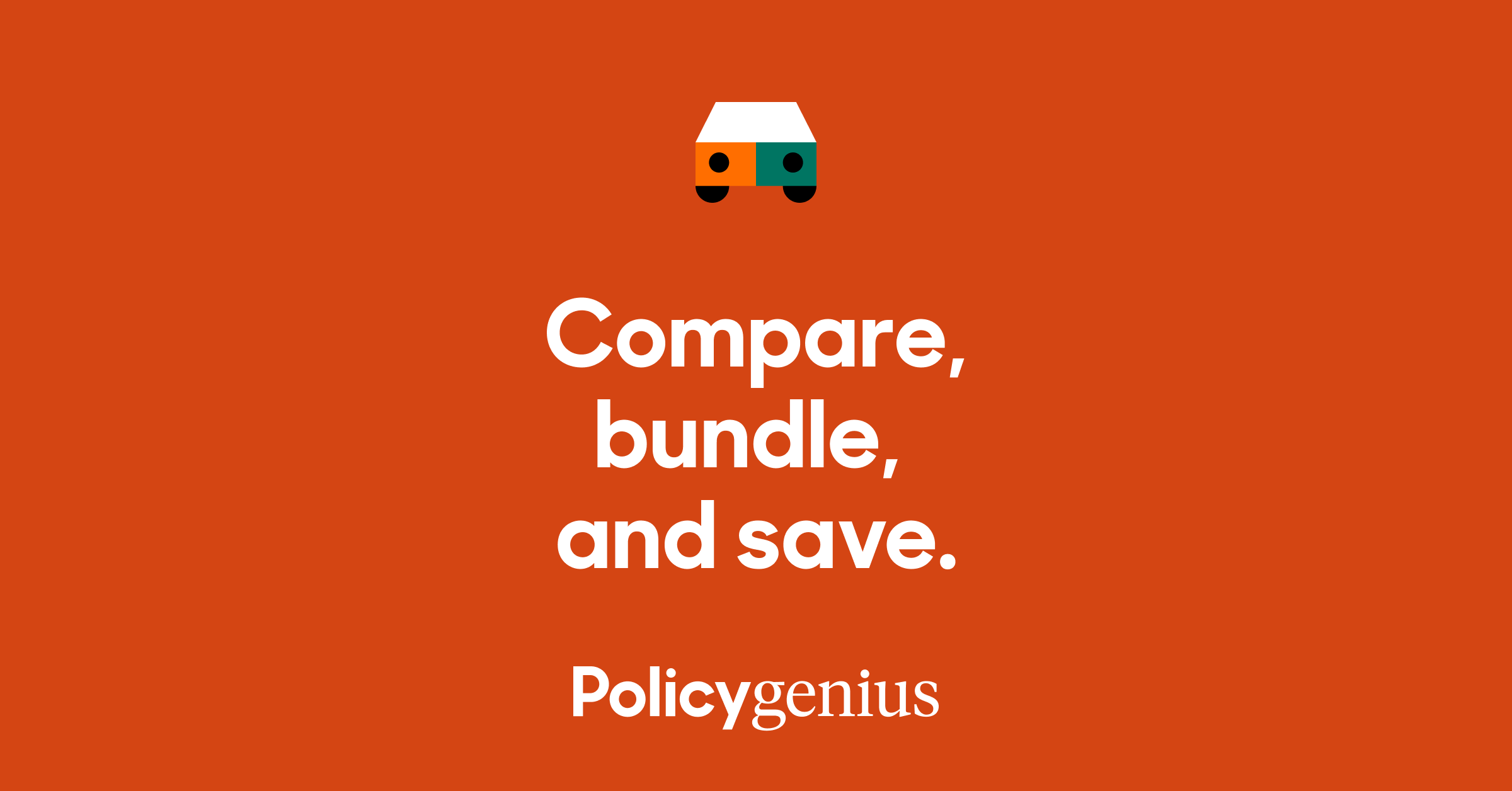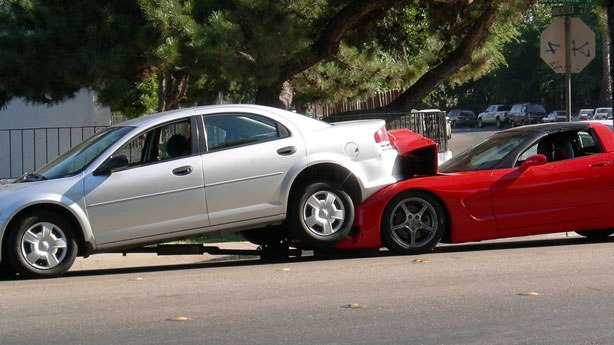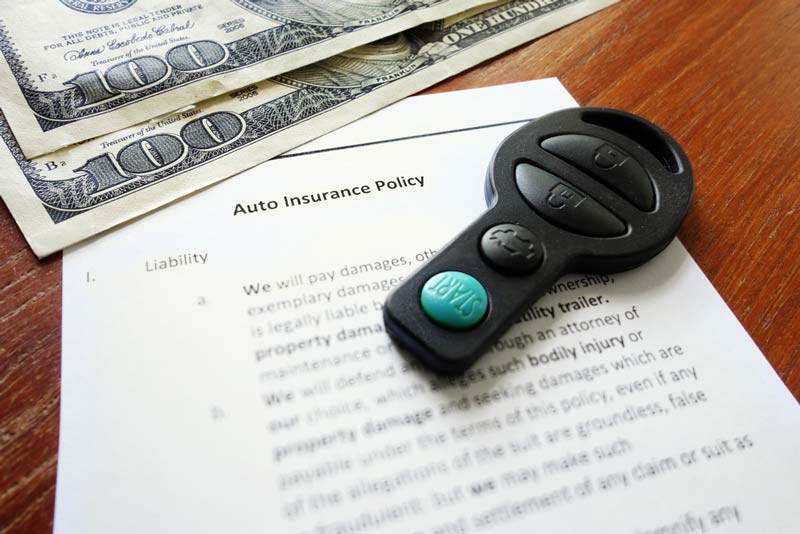If you or someone you know has been involved in a car accident, you may have heard the phrase “at fault” used. Across the United States, there are no-fault states and at-fault states. A no-fault state means that you rely on your own car insurance to pay for any property damage or medical bills, regardless of whether or not you were the one who caused the accident. An at-fault state means that one of the parties involved will be listed as the at-fault driver. So, how does car insurance work when you’re at fault? What Does it Mean to be […]
If you or someone you know has been involved in a car accident, you may have heard the phrase “at fault” used. Across the United States, there are no-fault states and at-fault states. A no-fault state means that you rely on your own car insurance to pay for any property damage or medical bills, regardless of whether or not you were the one who caused the accident. An at-fault state means that one of the parties involved will be listed as the at-fault driver. So, how does car insurance work when you’re at fault?
If an accident was caused by driver negligence, that driver is said to be at fault or the driver to blame for the accident. If you’re to blame, you can be liable for any damages, including medical bills and property damage related to the accident. Examples of driver negligence include, but are not limited to:
In a fault state, determining who the at-fault driver is in an accident will ultimately decide who has to pay for the damages. If the at-fault driver has car insurance, their insurance policy will pay for medical bills and property damage under the minimum liability coverage required in most states. Some states also have a comparative negligence standard, a-signing a percentage of blame to each driver, which is reflected in the amount of damages each insurance company will pay.
Fault can be determined by the police, who will issue a report stating the facts of the case, including any statements from the parties involved as well as witnesses. If the police do not list an at-fault driver, your insurance company will need to work with the other driver’s insurance company to determine a level of fault for each of you. If the insurance companies cannot agree on fault, an insurance adjuster can be brought in to investigate and recreate the accident by using the details such as maps, photos, medical records, and statements.
Most states have a minimum liability coverage requirement that covers bodily injury. When you’re the at-fault driver, your liability coverage will pay for any medical bills incurred by the other driver or anyone else hurt in the accident. Bodily liability has a per person and per accident maximum, depending on the limit you selected when you purchased your car insurance premium. All medical bills are submitted to your car insurance company, which will pay them up to your maximum limit.
























